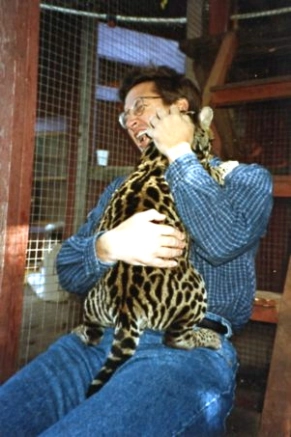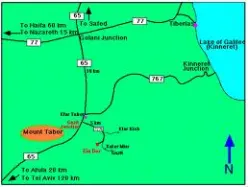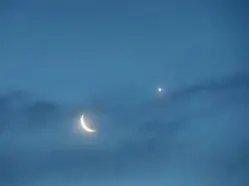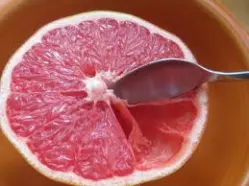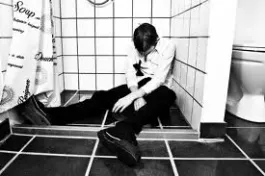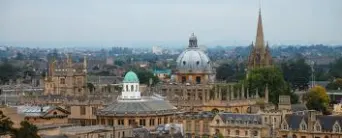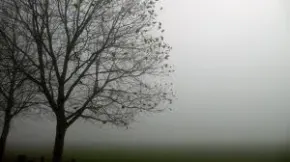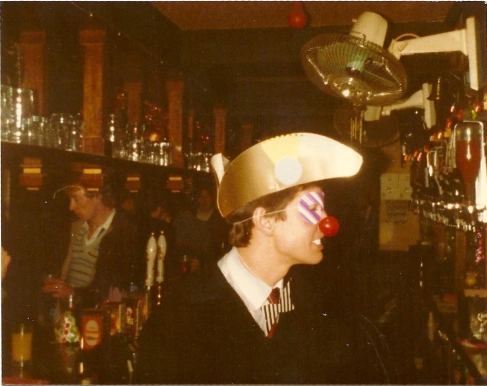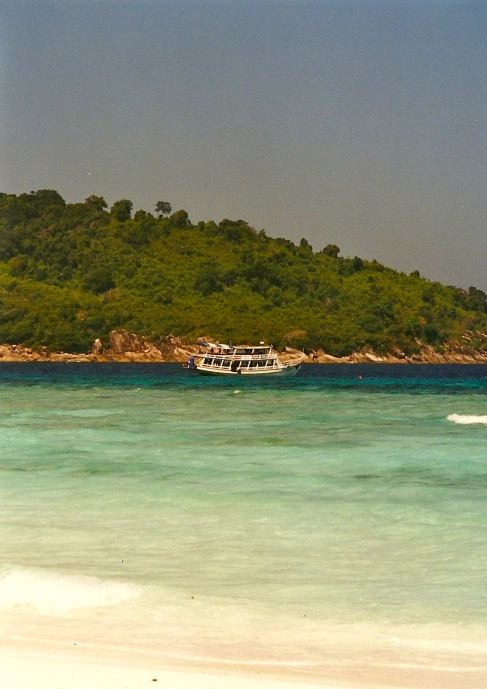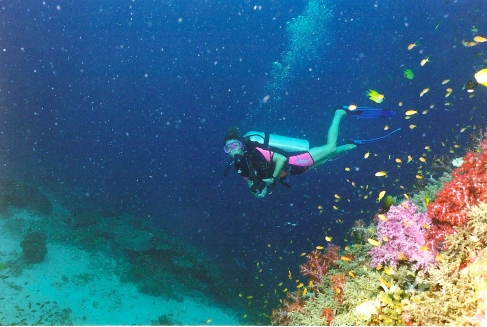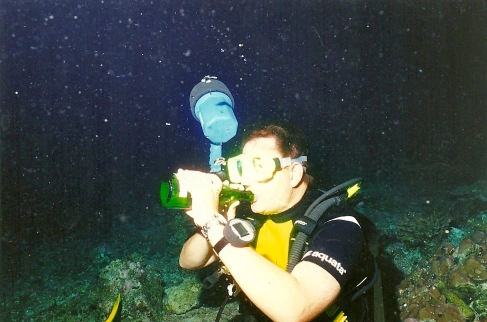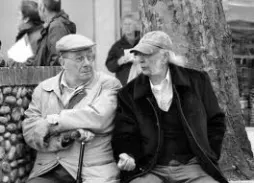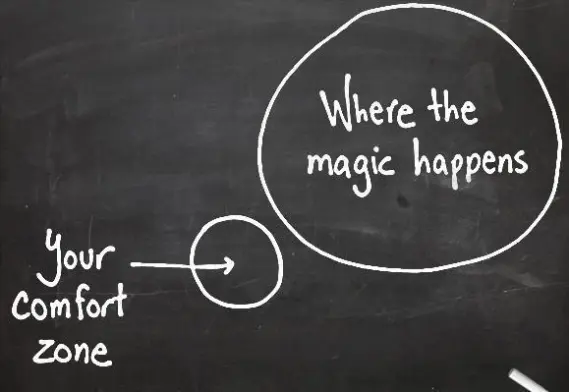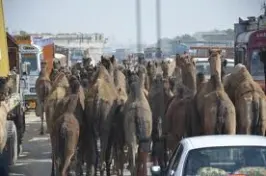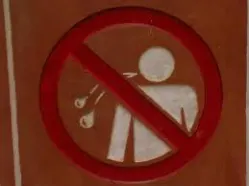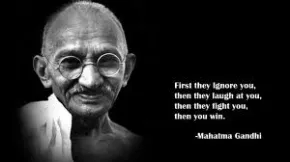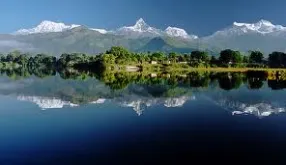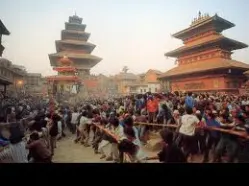Damn, amusement parks are popular.
This is a list compiled by Forbes in 2007. It seems pretty unreliable and subjective to me – in some cases they use gate receipts, in others, guesstimates. For example, if 76 million people come to France as tourists each year, what should the Eiffel Tower’s number be? Just the people who go up the elevator? Or maybe something closer to 70 million? That would make it number one by a mile.
Top tourist destinations, by country:
- France – 76 million.
- Spain – 55 million
- The United States – 50 million
- China – 47 million
- Italy – 37 million.
- United Kingdom – 30 million
Here are the world’s top 50 tourist attractions. Some are breath-takingly awesome, some are cheesy. How many have you seen? I’ve visited 36, so far, but since I’m not that interested in theme parks, my total may not get much bigger. I’ve put a check mark and commented on the ones I’ve visited.
#1 – Times Square √

New York City, NY, USA 35 million. I walked by the Letterman show every day on the way to work, for a while. New York is kind of ugly, but it’s amazing for man-made splendor. I understand there are fewer porn shops, now.
#2 – National Mall & Memorial Parks √

Washington, D.C., USA 25 million. The monuments are surprisingly well done, close together and walkable, and sometimes very moving. NY is a blast, but I actually prefer DC. It’s the politics junky in me. Plus, I have family here.
#3 – Disney World’s Magic Kingdom

Lake Buena Vista, FL, USA 16.6 million
#4 – Trafalgar Square √

London, England, UK 15 million. Great for museums and people watching. Oh, I say – the weather’s crap, wot?
#5 – Disneyland Park √

Anaheim, CA, USA 14.7 million. My first time, when I was four, the seven-foot Goofy bent down to pick me up, and scared me so much I burst into tears. I remember the jungle safari boat where the captain shot the hippo – what a relief! Favorite memory: smoking a little grass on Tom Sawyer’s Island with some fellow DVC chamber singers, 1976. Oh…wow… man….look at all those colors! Now I mostly stick to tequila.
#6 – Niagara Falls √

Ontario, Canada & New York State, USA 14 million. Awesome, almost incomprehensible power – clear, green water, roaring. The American side is embarrassingly seedy and rundown – I’ll visit the Canadian side next time. Plus, they have casinos.
#7 – Fisherman’s Wharf / Golden Gate National Recreation Area √

San Francisco, CA, USA 13 million. Good seals, good crab vendors, great sourdough, great views. Favorite memory: when I was about 20, my dad introduced me to escargot at a pretty good restaurant here. We concluded that with enough garlic and butter, anything would taste good – even dog doo. Well, maybe not any thing, but snails for sure.
#8 – Tokyo Disneyland/DisneySea

Tokyo, Japan 12.9 million
#9 – Notre Dame de Paris √

Paris, France 12 million. Beautiful. Every few minutes, hidden loudspeakers in the rafters go Shhhhhhhhh to quiet the tourists – it sounds like the admonishing voice of a gentle and loving God. My stepson Mike liked lighting the offering candles at all the cathedrals we visited, this one especially.
#10 – Disneyland Paris

Marne-La-Vallee, France 10.6 million
#11 – Great Wall of China √

Badaling area, China 10 million. Easy to visit from Beijing. They should do something big with this – maybe an annual 1000-mile bicycle race along the top, or something.
#12 – Great Smoky Mountain National Park √

Tennessee/North Carolina, USA 9.2 million. Lovely area. Favorite memory: picking and eating fresh blueberries along the roadside. Visit Asheville if you need a break from racists and Republicans, or want some decent food.
#13 – Universal Studios Japan

Osaka, Japan 8.5 million
#14 – Basilique du Sacre-Coeur de Montmartre √

Paris, France 8 million. I love the painters on the square, and the picturesque neighborhoods around here. The quintessential Paris. Wait, so they’re claiming more people visit this than the Eiffel Tower? That is such BS. Stupid list.
#15 – Musee du Louvre √

Paris, France 7.5 million. Probably the greatest museum in the world, though not my personal favorite, even in Paris – that honor goes to the D’Orsay. I’ve probably spent 15 hours exploring over five visits …much more needed. Like everywhere in France, they have wonderful food.
#16 – Everland

Kyonggi-Do, South Korea 7.5 million
#17 – The Forbidden City/Tienanmen Square √

Beijing, China 7 million. Throngs of tourists, but well worth seeing. The Chinese are as different from the Japanese as the Italians are from the Swiss.
#18 – Eiffel Tower √

Paris, France 6.7 million. Ahhhh, Paris. My second-favorite city in the world. Fantastic views from the top. Accordion music can wear on your nerves after a while, though.
#19 – Universal Studios/Islands of Adventure

Orlando, FL, USA 6 million
#20 – Sea World Florida

Orlando, FL, USA 5.7 million
#21 – Pleasure Beach

Blackpool, England, UK 5.7 million. I haven’t been, but even the name sounds seedy – like a used condom.
#22 – Lotte World

Seoul, South Korea 5.5 million.
#23 – Yokohama Hakkeijima Sea Paradise

Japan 5.4 million
#24 – Hong Kong Disneyland

Hong Kong, China 5.2 million
#25 – Centre Pompidou √

Paris, France 5.1 million. The action on the square outside is usually as interesting as the exhibits inside. One guy was playing garbage can lids with a banana. It sounded good.
#26 – Tate Modern √

London, England, UK 4.9 million. Um, I went, but can’t remember a damned thing. Museum overload, perhaps. Or maybe the modern stuff just doesn’t stick.
#27 – British Museum √

London, England, UK 4.8 million. One of my favorite museums in the world, especially the gigantic ancient monuments and stuff. A whole wing just on the Sumerians? How awesome is that?
#28 – Universal Studios √

Los Angeles, CA, USA 4.7 million. Ho hum. I liked seeing the lagoon from “Gilligan’s Island” and the house from “Mr. and Mrs. Smith”, though.
#29 – National Gallery √

London, England, UK 4.6 million. I just remember a lot of stuffy portraits and landscapes. So that’s what William Blake looked like, eh? Shall we have some tea? Oh, I should bloody well think so.
#30 – Metropolitan Museum √

New York, NY, USA 4.5 million. Outstanding. Huge. Free.
#31 – Grand Canyon National Park √

Arizona, USA 4.4 million. It will take your breath away, unless you’re already dead inside.
#32 – Tivoli Gardens √
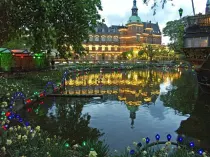
Copenhagen, Denmark 4.4 million. Cutesy can be fun in small doses. I always enjoy a good garden, though.
#33 – Ocean Park

Hong Kong, China 4.38 million
#34 – Busch Gardens

Tampa Bay, FL, USA 4.36 million
#35 – Sea World California √

San Diego, CA, USA 4.26 million. I was four, but I remember thinking that getting splashed at the whale/dolphin show was pretty cool…
#36 – Statue of Liberty √

New York, NY, USA 4.24 million. See it with Ellis Island. I expected to get choked up at the Statue, and be bored at Ellis Island. What actually happened was the reverse, but you gotta love the Lady.
#37 – The Vatican √

Vatican City 4.2 million. On Joy’s first visit to Italy, we went here first thing. The pope came out and greeted the crowd in 40 languages. An auspicious start to a marvelous trip. Italy never disappoints me.
#38 – Sydney Opera House √

Sydney, Australia 4 million. Yup – it looks just like that. Very cool. A gorgeous city. The bay is shaped like a hand – lots of peninsulas and inlets everywhere. Very green. Cheerful people. Try climbing the harbor bridge.
#39 – The Coliseum √

Rome, Italy 4 million. I’m ashamed to admit that the first time I saw this, I was with two friends. We were tired. We walked in, looked around, and said, “It looks just like the postcards. Let’s go get some gelato.” We probably gave it about 7 minutes. I did better on my next visit. I love Rome, and the Coliseum will richly repay an in-depth examination.
#40 – American Museum of Natural History √

New York, NY, USA 4 million. Lots of good stuff. I especially liked the huge diamonds and emeralds. Every time I see a collection like that, I start daydreaming about how to knock it over. How many men would I need? How much tear gas? No, killing is out. Do we need a helicopter? You comin’, or what?
#41 – Grauman’s Chinese Theater √

Hollywood (Los Angeles), CA, USA 4 million. I know it’s cheesy, but I can’t help it – I love Hollywood. Two words: Humphrey Bogart. ‘Nuff said.
#42 – Empire State Building √

New York, NY, USA 4 million. The views are amazing. Joy’s first time, she loved it so much she spent hours. The staff thought she might be a “jumper” and started following her around with worried faces, but it was just enthrallment.
#43 – Natural History Museum √

London, England, UK 3.7 million. A guard yelled at me for falling asleep on one of the benches in the minerals wing. Maybe it was the butterflies wing. I know it wasn’t the dinosaurs.
#44 – The London Eye √

London, England, UK 3.5 million. Just walked by – didn’t ride it. Does that count? Next time I’ll ride it. I’ve never met a view from a ferris wheel I didn’t like.
#45 – Palace of Versailles √

France 3.45 million. It’s huge and impressive and opulent and, for me, kind of gross. I don’t much like French gardens – too contrived and geometrical, and I don’t like gilded furniture in mirrored rooms. I look at this kind of stuff and think: the peasants are revolting – good for them. The guillotine was very humane, as these things go. In general, the aristocracy deserves no better.
#46 – Yosemite National Park √

California, USA 3.44 million. So many summers, so many happy memories. Remember when parents would let their kids wander unsupervised all day, with bears?
#47 – Pyramids of Giza √

Egypt. 3 million. So…hot…must have water….it must be 109° out here. Oh, look, sweetheart, by that camel…there’s a man selling cold bottled water at a 300% markup. Let’s get four.
#48 – Pompeii √

Italy 2.5 million. Very evocative – gives a good sense of how the ancient Romans lived their daily lives. Turns out they were just like the rest of us, the horny bastards.
#49 – Hermitage Museum

St. Petersburg, Russia 2.5 million
#50 – Taj Mahal √

Agra, India 2.4 million. Don’t die without seeing humanity’s greatest monument to love, if you can help it. It’s the world’s most beautiful building, in one of the world’s ugliest cities. The contrast makes you feel even more alive.
Hat tip: coolrain44.



